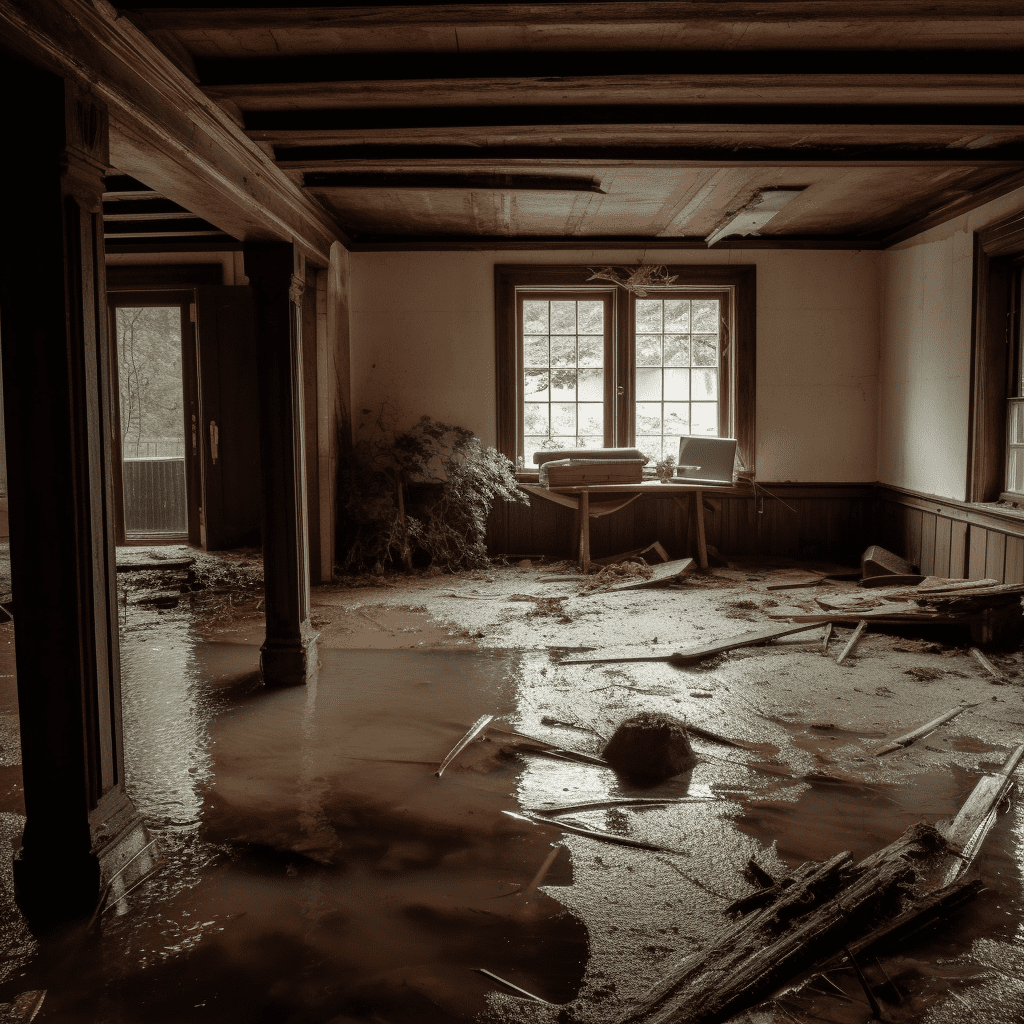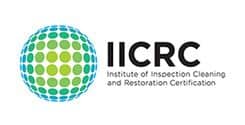Flood damage can have a devastating impact on your home, and one of the most critical areas affected is the foundation. The foundation is the base upon which your home is built, and any damage to it can compromise the structural integrity of the entire building. In this article, we will discuss the various effects of flood damage on your home's foundation, the signs to look out for, and the steps you can take to mitigate the damage and protect your home.
Soil Erosion and Foundation Settlement
One of the primary effects of flood damage on your home's foundation is soil erosion. When floodwaters saturate the soil around your home, it can cause the soil to become unstable and erode. This can lead to the foundation settling unevenly, causing cracks and other structural issues.
Signs of foundation settlement include:
- Cracks in walls, floors, and ceilings
- Doors and windows that stick or are difficult to open and close
- Sloping floors
- Gaps between walls and floors or ceilings
Hydrostatic Pressure
Floodwaters can also cause an increase in hydrostatic pressure on your home's foundation. Hydrostatic pressure is the force exerted by water on the walls and floor of your home's foundation. When floodwaters surround your home, the pressure can cause cracks to form in the foundation, allowing water to seep in and cause further damage.
Signs of hydrostatic pressure damage include:
- Water seepage through foundation walls and floors
- Cracks in foundation walls and floors
- Efflorescence (a white, powdery substance) on foundation walls
Foundation Heave
Foundation heave occurs when the soil beneath your home's foundation expands due to an increase in moisture content. This expansion can cause the foundation to lift and shift, leading to structural damage. Foundation heave is more common in areas with expansive clay soils, which are prone to significant changes in volume when wet.
Signs of foundation heave include:
- Cracks in walls, floors, and ceilings
- Doors and windows that are out of square or difficult to open and close
- Gaps between walls and floors or ceilings
Mold and Mildew Growth
Flood damage can also lead to mold and mildew growth in your home's foundation. Mold and mildew thrive in damp conditions, and when floodwaters seep into your foundation, they create the perfect environment for these harmful organisms to grow. Mold and mildew can cause health issues for you and your family, as well as further damage to your home's structure.
Signs of mold and mildew growth include:
- Musty odors in your home
- Visible mold growth on walls, floors, and other surfaces
- Allergic reactions or respiratory issues in occupants of the home
Wood Rot and Pest Infestations
If your home's foundation is made of wood or contains wooden support structures, flood damage can lead to wood rot. Wood rot occurs when moisture penetrates the wood, causing it to decay and weaken. This can compromise the structural integrity of your home and make it more susceptible to pest infestations, such as termites and carpenter ants.
Signs of wood rot and pest infestations include:
- Soft, crumbling, or discolored wood
- Visible insect damage or the presence of insects in your home
- Sagging or uneven floors
Mitigating Flood Damage to Your Home's Foundation To protect your home's foundation from flood damage, it's essential to take proactive measures. Here are some steps you can take to mitigate the effects of flood damage on your home's foundation:
- Install proper drainage systems: Ensure that your home has a functioning gutter system and downspouts that direct water away from your foundation. Additionally, consider installing a French drain or sump pump to help remove excess water from around your foundation.
- Grade your property: Make sure that the soil around your home slopes away from the foundation to prevent water from pooling around the base of your home.
- Waterproof your foundation: Apply a waterproofing membrane or coating to your foundation walls to help prevent water infiltration.
- Elevate your home: In flood-prone areas, consider elevating your home on piers or columns to minimize the risk of flood damage to your foundation.
- Regularly inspect your foundation: regularly check your foundation for signs of damage, such as cracks, water seepage, or mold growth. Address any issues promptly to prevent further damage.
Conclusion:
Flood damage can have severe consequences for your home's foundation, leading to structural issues and potential health hazards. By understanding the effects of flood damage on your home's foundation and taking proactive measures to protect it, you can help ensure the safety and longevity of your home. If you suspect that your home's foundation has been compromised by flood damage, it's essential to consult with a professional foundation repair specialist to assess the damage and recommend the appropriate course of action.







